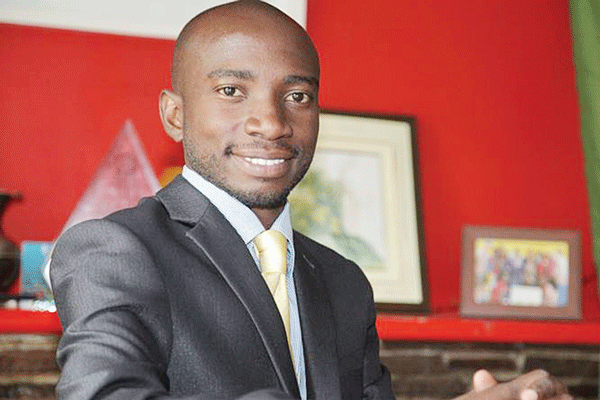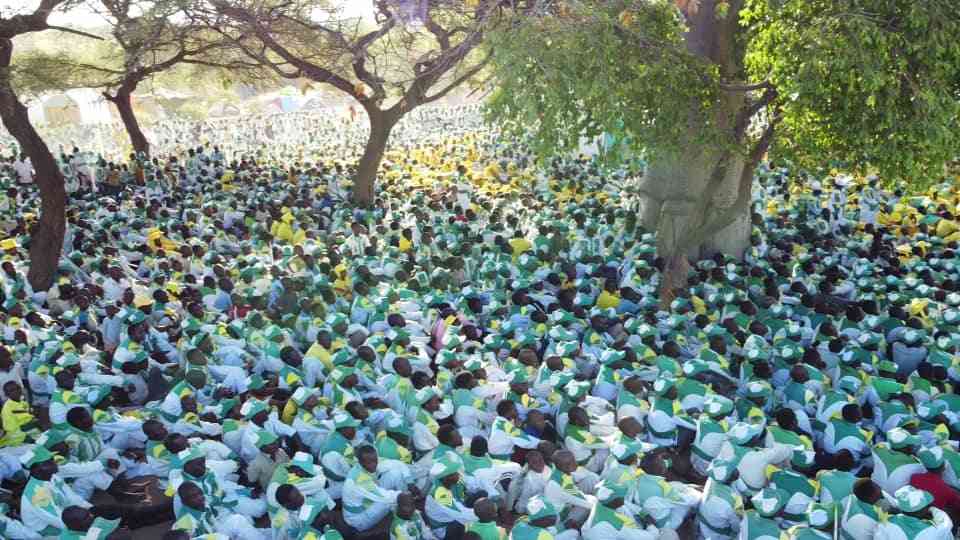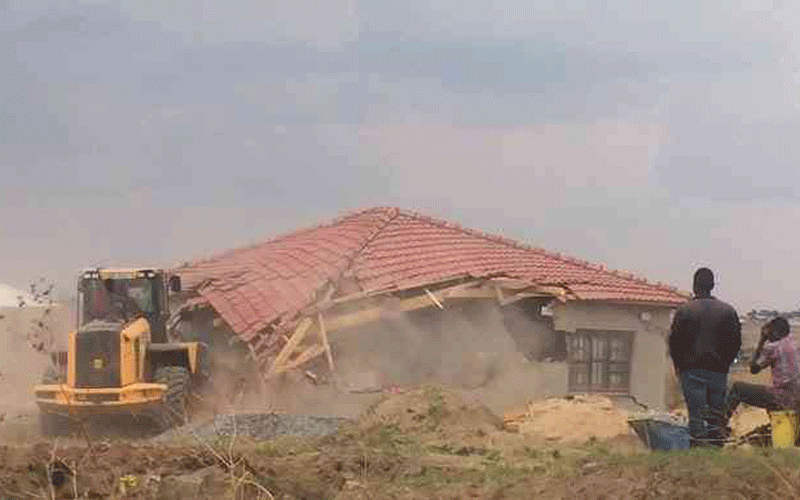
It has been a busy period for me since the last column and there is so much to share. I attended the Zimbabwe International Trade Fair (ZITF) in Bulawayo where I was one of the panel of judges. Next, it was the Harare International Festival of the Arts (Hifa) the following week.
public relations with Lenox Mhlanga

These events set high standards in the areas of events management, public relations and marketing in the country.
During the same period, the Zimbabwe Institute of Public Relations (ZIPR) held its annual general meeting that ushered in a new council headed by Francis Chimanda.
The ZITF has come and gone and it is disconcerting that there are some among us who harbour doubts about its value to business and other sectors. I have stated before in this column, that participating in exhibitions without planning with clear objectives is an exercise in futility.
Attending the ZITF just to make up the numbers, at gun-point as some government departments are wont to do, or because competitors are there, are not realistic objectives that yield results. In fact, exhibitions should be one of many public relations and marketing tools in a broader communications strategy.
I agree that some exhibitions in this country have a political element about them. Yet they still remain one of the most integrated business tools in that so much can be achieved in one place in a short space of time. If it is done right, that is. When one has doubts about this, then don’t bother exhibiting. It will be a waste of time and money.
Once again, as judges, we saw excellent examples of organisations that have mastered the art of exhibiting. One the other end of the scale, we had the usual suspects coming late, with little preparation and budgets, yet had time to complain or play the blame game.
- Chamisa under fire over US$120K donation
- Mavhunga puts DeMbare into Chibuku quarterfinals
- Pension funds bet on Cabora Bassa oilfields
- Councils defy govt fire tender directive
Keep Reading
On closer examination, most of the issues they raised had a lot to do with the inadequacies with the exhibitors that I have alluded to.
The ZITF Company, to their credit, put up a good show in a depressed economy. General manager, Noma Ndlovu’s team must have nerves of steel to take on the brickbats that are thrown at them for perceived ills.
Yet I am sure there were more compliments than complaints. Adopting international best practice by using new technologies to register and manage the event is worth emulating. For the ZITF management to pull off the annual trade show year after year in a depressed economy is nothing short of miraculous.
They also depend on exhibitors doing the right thing, at the right time, for maximum returns from their participation. Every year I repeat the same advice, that one is not at the trade fair to win competitions, but to win business. The sooner some participants get this simple fact, the better for all concerned.
There are training programmes and counsel available on how to achieve return on investment in exhibiting. Otherwise, we will have people getting frustrated all for the wrong reasons.
Hifa 2017, also offered excellent lessons for our professions and organisations alike. Staged under the slogan, “Staging an intervention,” the public was treated to a variety of performances and experiences that make the six-day arts showcase among the best on the continent.
The Muchadeyi Masunda-chaired Hifa board, and the team led by executive and artistic directors, Maria Wilson and Manuel Bagorro, and deputy, Tafadzwa Simba, have led the way, offering many examples of communications best practice. Most of all, their media relations, where their all-out use of the press in keeping everyone up to speed about the festival, paid dividends.
Corporates should take a leaf from the Hifa team on how to handle the media. Their refreshing approach of targeting particular journalists and giving them the VIP treatment, making them partners in the initiative, is a feat rarely imitated.
Rather than rely on misperceptions about the Fourth Estate, the Hifa team proved that carefully nurtured relationships with critical stakeholders yield tangible results.
Their use of social media platforms to recruit, raise funds and publicise events set the bar high in event management. There was a dedicated smartphone app for the festival and their hugely successful #HifaMustHappen crowdfunding campaign is a first in that sector.
Corporate partners who have seen the value of the festival also came to the party, riding on the professionalism and the highly organised make-up that the festival is famed for. The crowds, for their part, came out in their numbers and diversity to experience the star-studded line-up that offered something for every connoisseur. We can only look forward to Hifa 2018.
In other news, ZIPR has a new eight-member council headed by Chimanda as president. He takes over from Tafadzwa Chigwedere. Odiline Kava is his deputy, while Taungana Ndoro is secretary-general and Lenox Mhlanga, the treasurer. Other council members include Beatrice Tonhodzayi, Russel Chinyani, Thandolwenkosi Nkomo and Maimba Mapuranga.
According to Chimanda, his team looks forward to rebranding the institute, enrolling more public relations practitioners, as well as entering into strategic partnerships with the corporate sector.
Lenox Mhlanga is an associate with Magna Carta Reputation Management Consultants. He has worked with World Bank Group and lectured in public relations at the National University of Science and Technology. He is a communications specialist with over 16 years’ experience. He can be reached at [email protected]











